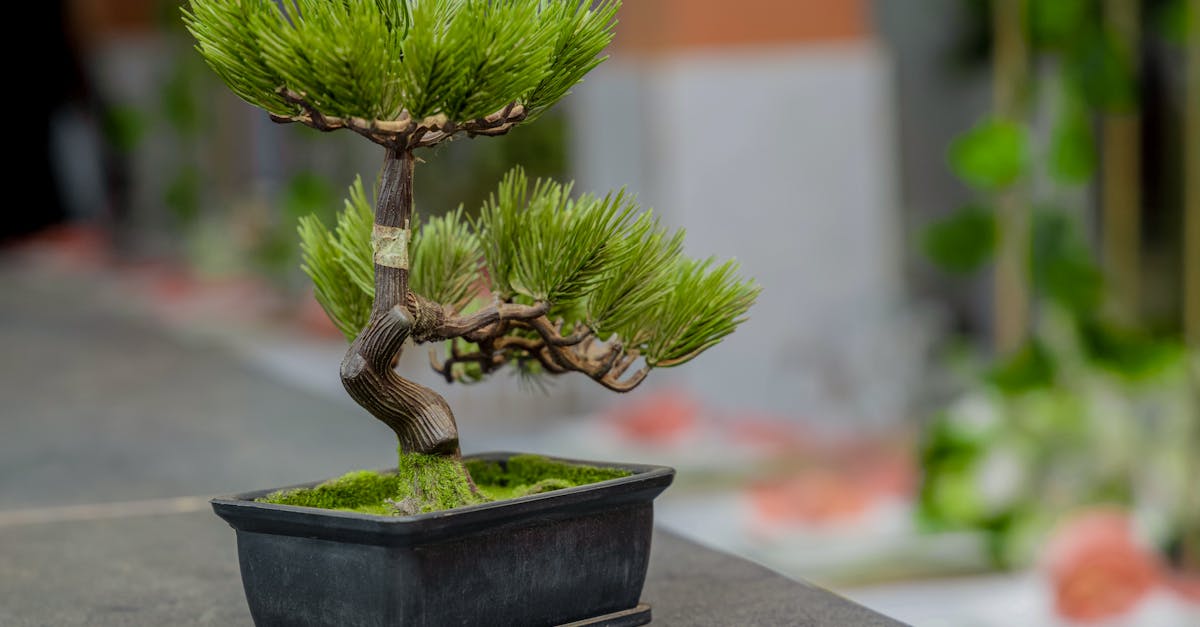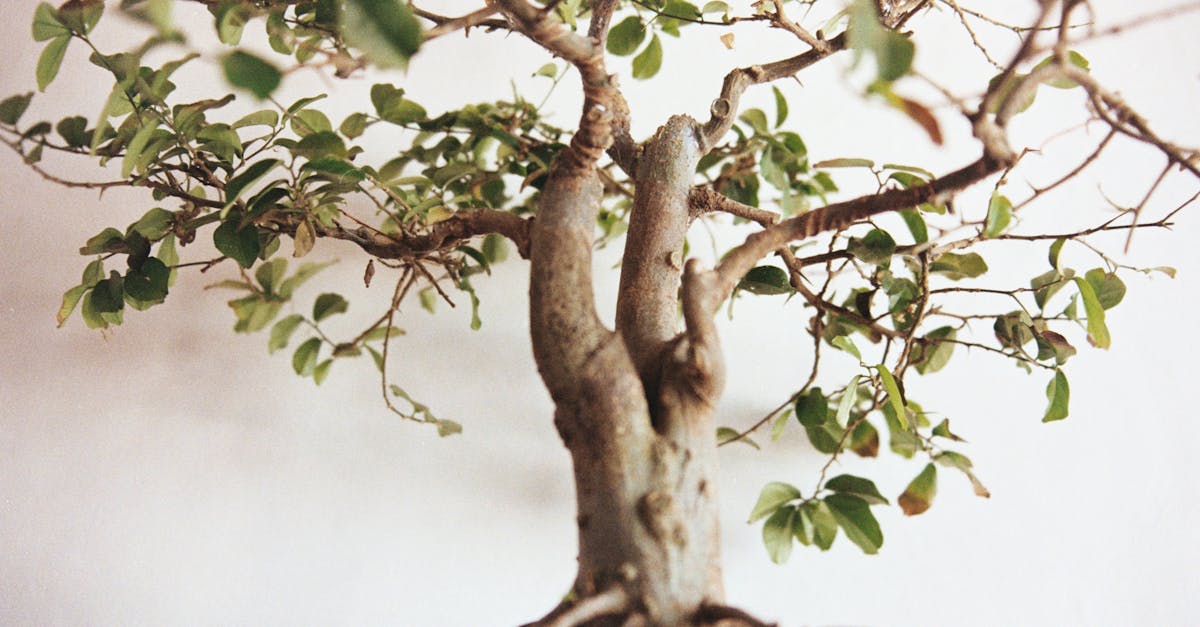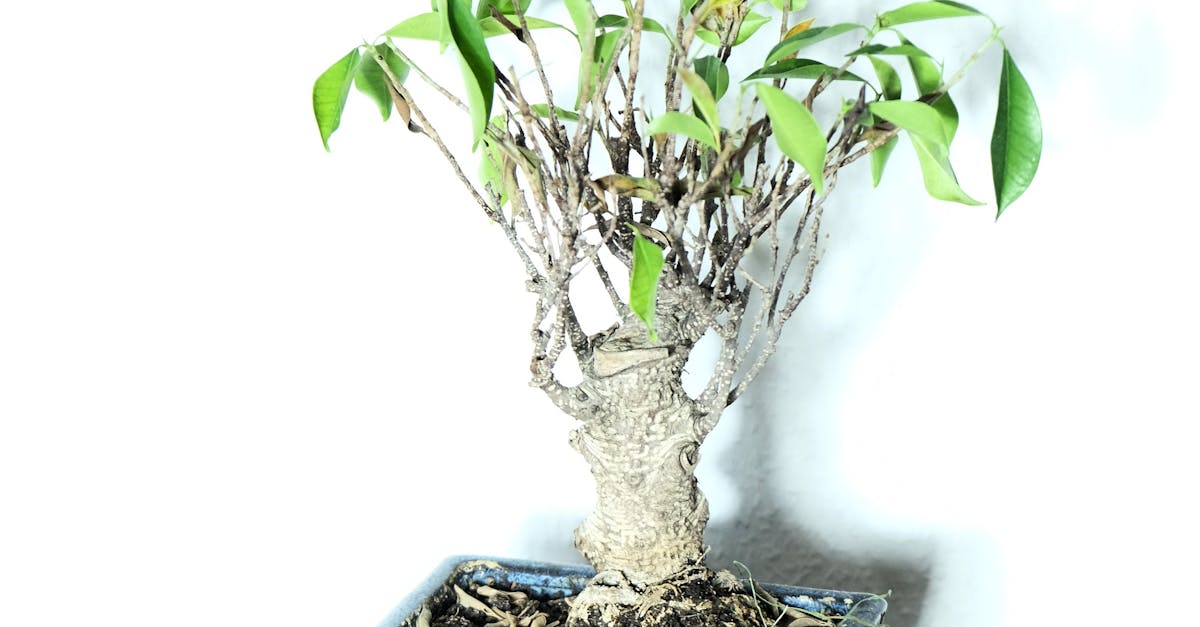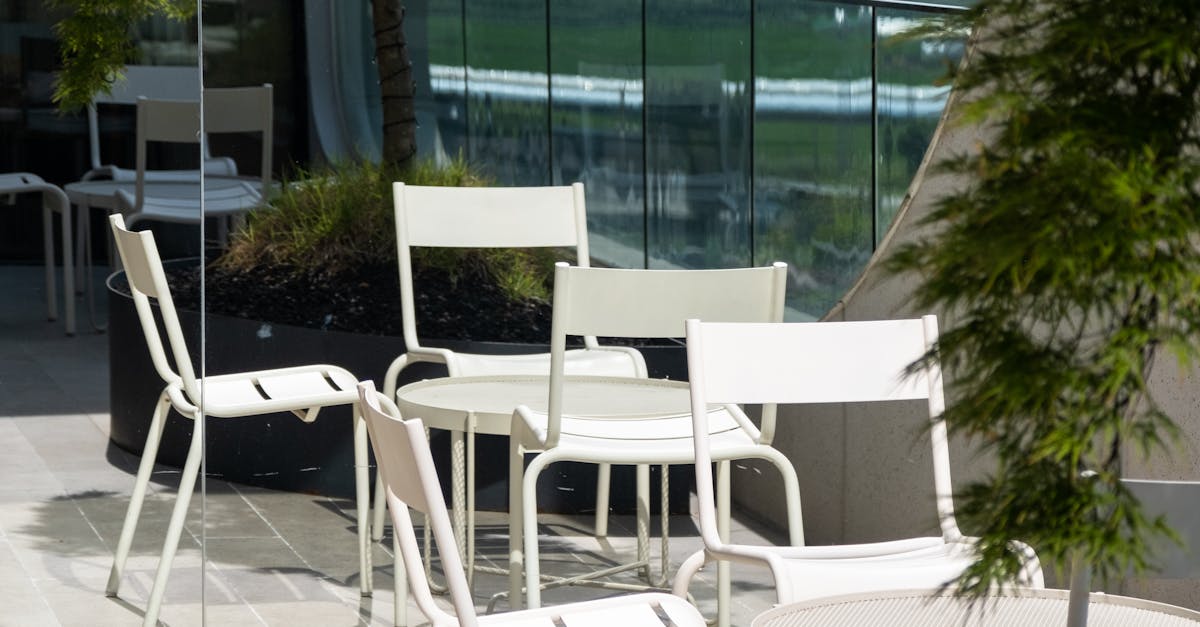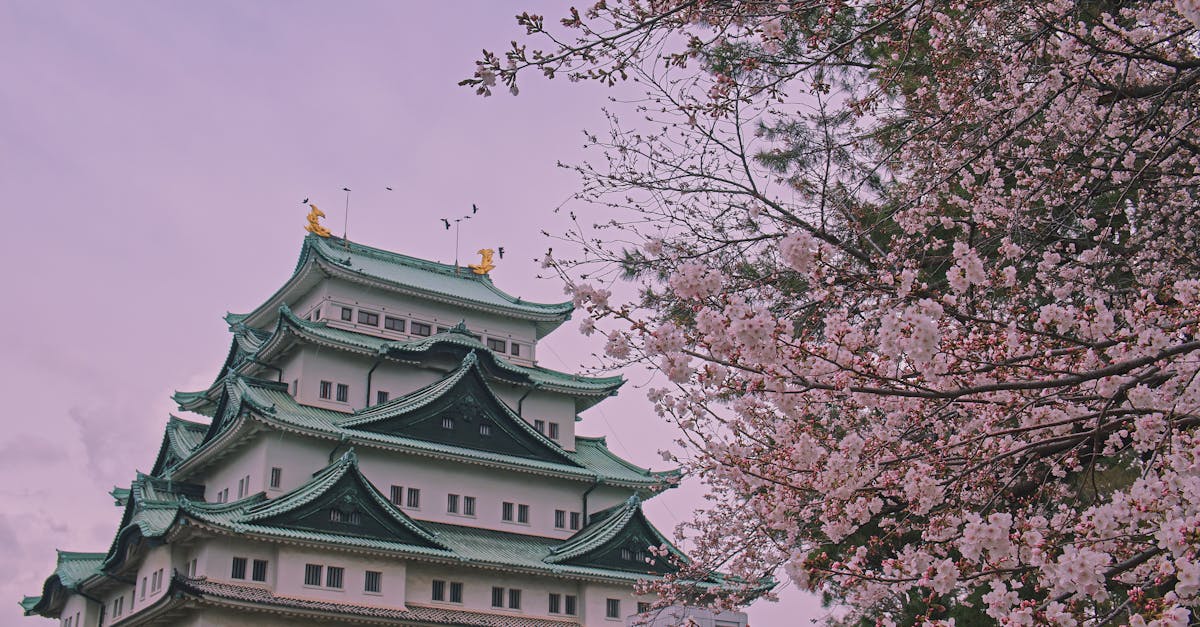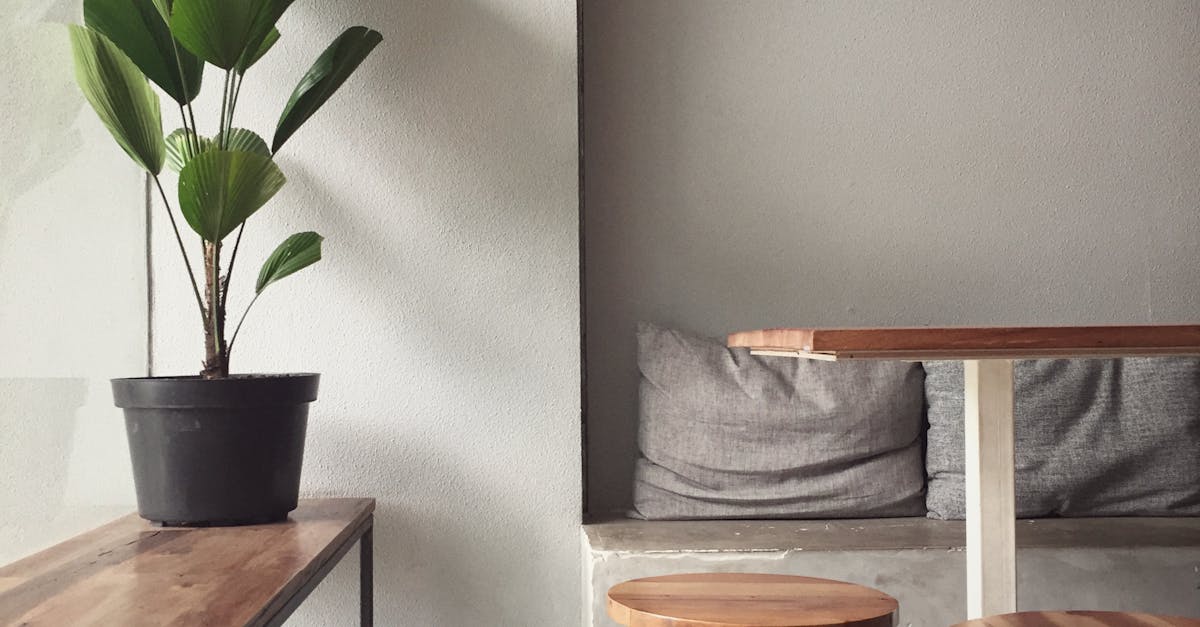Bonsai Placement: A Journey Through History, Culture, and Art
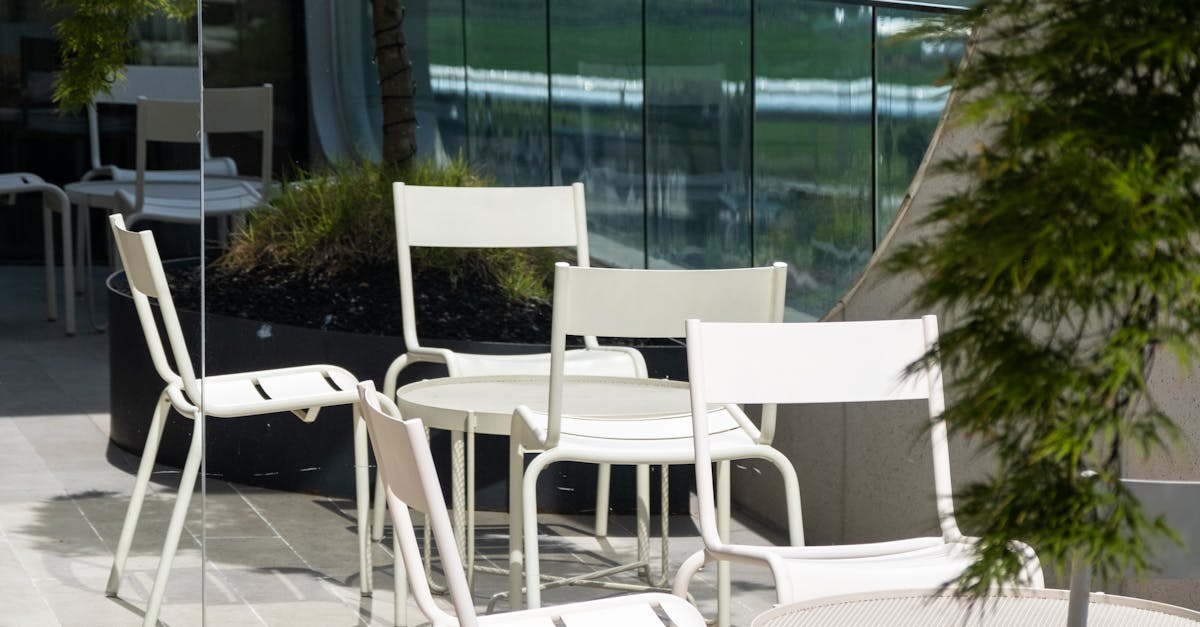
Welcome to the world of bonsai placement, a fusion of ancient traditions and modern interpretations. From its humble beginnings in the gardens of Chinese and Japanese monasteries to its current incarnation as a contemporary art form, the placement of bonsai trees has been shaped by cultural and spiritual beliefs, as well as practical considerations. Throughout this article, we will delve into the fascinating world of bonsai placement and unravel its cultural influences, historical significance, and contemporary applications.
This article will explore the historical origins and cultural influences that have shaped bonsai placement, examining the practices of ancient China and Japan. We will trace the evolution of bonsai placement from its roots in Zen Buddhism and the symbolism associated with different tree species. We will also discuss the specific guidelines for bonsai placement in traditional Japanese settings, such as the tokonoma, tatami room, and garden, highlighting the principles of asymmetry, harmony, and the creation of a miniature world.
In addition to traditional practices, contemporary approaches to bonsai placement will be examined, exploring how modern styles and aesthetics have influenced traditional guidelines. We will discuss the fusion of bonsai with contemporary art, highlighting how artists incorporate bonsai into sculptures, installations, and other artistic expressions. We will also explore the impact of international bonsai exhibitions and cultural exchange on placement practices, showcasing diverse perspectives and reinterpretations of traditional styles.
1. Historical Origins and Cultural Influences
Historical Origins and Cultural Influences: Tracing the origins of bonsai placement traditions to ancient practices in China and Japan, exploring the influence of Zen Buddhism and the symbolism associated with different tree species.
Bonsai, the art of cultivating miniature trees in containers, has a rich history and cultural significance that spans centuries. The origins of bonsai can be traced back to ancient China, where it was influenced by the Taoist philosophy of harmony with nature. During the Tang Dynasty (618-907 CE), bonsai was introduced to Japan, where it quickly gained popularity among the elite.
The Japanese refined the art of bonsai, developing a unique aesthetic that emphasized simplicity, asymmetry, and the creation of a miniature landscape. Zen Buddhism played a significant role in the development of bonsai placement traditions, as Zen principles of balance, harmony, and reverence for nature were incorporated into the art form. Different tree species were also imbued with symbolic meanings, such as the pine tree representing longevity and the cherry blossom representing the beauty of life’s impermanence.
Chinese Symbolism and Feng Shui
Chinese Symbolism and Feng Shui: Discussing the significance of bonsai placement in accordance with Chinese cultural beliefs, exploring concepts such as yin and yang, the five elements, and their impact on placement.
In Chinese culture, bonsai placement is influenced by the principles of Feng Shui, an ancient system of arranging objects in harmony with the flow of energy (qi). According to Feng Shui, the placement of bonsai trees can affect the balance and flow of qi in a space, thereby influencing the health, wealth, and overall well-being of the occupants.
One of the key concepts in Feng Shui is the balance of yin and yang, the opposing forces that make up all things in the universe. Yin energy is associated with darkness, cold, and femininity, while yang energy is associated with light, warmth, and masculinity. When placing bonsai trees, it is important to create a balance between yin and yang elements. For example, a bonsai tree with a strong, upright trunk and sparse foliage would be considered yang, while a bonsai tree with a彎曲 trunk and dense foliage would be considered yin.
Japanese Influence and Zen Aesthetics
Japanese Influence and Zen Aesthetics: Exploring the role of Zen Buddhism in shaping Japanese bonsai placement traditions, emphasizing simplicity, asymmetry, and the creation of a harmonious balance between tree and surroundings.
Zen Buddhism, a branch of Buddhism that emphasizes meditation and intuition, played a significant role in shaping Japanese bonsai placement traditions. Zen principles of simplicity, asymmetry, and the beauty of imperfection are reflected in the way that bonsai trees are placed and displayed.
When placing bonsai trees, Japanese practitioners strive to create a harmonious balance between the tree and its surroundings. The tree should not be the sole focus of attention, but rather should be integrated into the overall composition. This can be achieved by placing the tree in an asymmetrical arrangement, using negative space to create a sense of emptiness, and incorporating other elements such as rocks, water, and moss to create a miniature landscape.
2. Placement in Traditional Settings
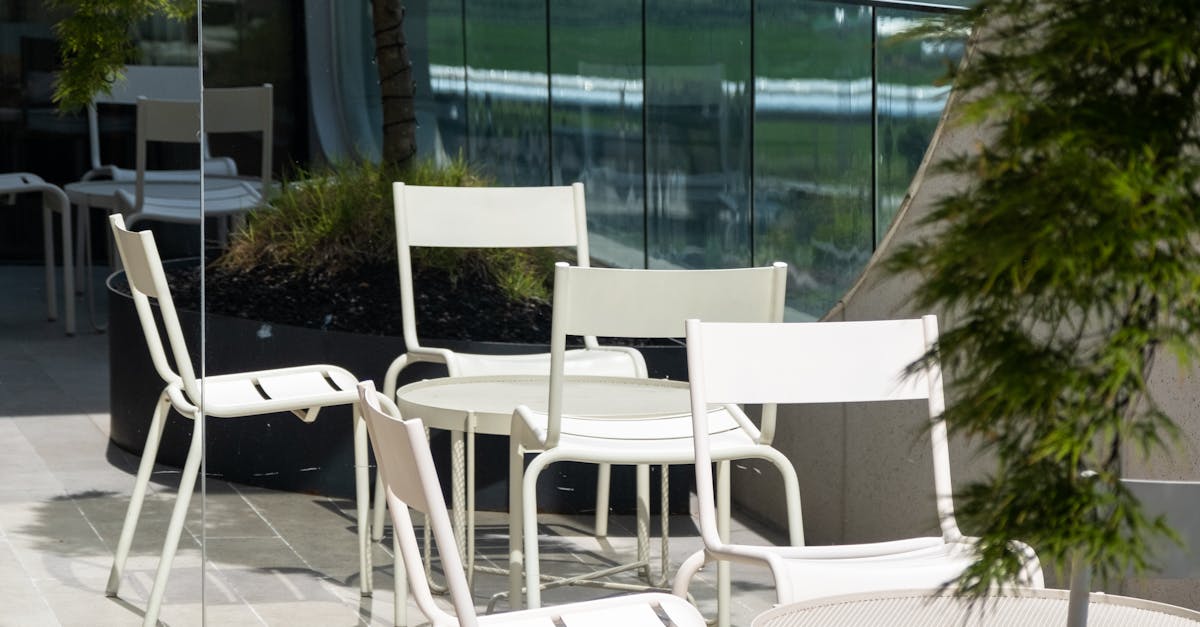
Placement in Traditional Settings: Examining the specific guidelines for bonsai placement in traditional Japanese settings, including the tokonoma (alcove), tatami room, and garden.
In traditional Japanese settings, bonsai trees are often placed in specific locations to create a harmonious and aesthetically pleasing environment. The tokonoma, a dedicated alcove in the main room of a traditional Japanese house, is a common place to display bonsai trees. The tokonoma is typically decorated with a scroll painting or calligraphy, and the bonsai tree is placed on a small stand or table.
In a tatami room, bonsai trees are often placed in the tokonoma or in a corner of the room. The choice of placement depends on the size of the bonsai tree and the overall layout of the room. Bonsai trees can also be placed in Japanese gardens, where they are often used to create miniature landscapes. The placement of bonsai trees in gardens is carefully considered to create a sense of balance and harmony with the surrounding elements.
Tokonoma Display Considerations
Tokonoma Display Considerations: Highlighting the significance of the tokonoma as a dedicated space for bonsai display, exploring the principles of asymmetry, seasonal changes, and creating a focal point.
The tokonoma is a dedicated alcove in the main room of a traditional Japanese house, and it is often used to display bonsai trees. The tokonoma is a place of honor, and the placement of the bonsai tree within it is carefully considered to create a harmonious and aesthetically pleasing arrangement.
One of the key principles of tokonoma display is asymmetry. The bonsai tree should not be placed in the center of the tokonoma, but rather to one side. This creates a sense of movement and interest, and it also allows the viewer to appreciate the different angles of the tree.
Another important consideration is seasonal changes. The tokonoma display is often changed to reflect the changing seasons. For example, in the spring, a bonsai tree with blooming flowers might be displayed, while in the fall, a bonsai tree with colorful leaves might be displayed.
Tatami Room Harmony
Tatami Room Harmony: Discussing the principles of harmony and balance when placing bonsai in tatami rooms, considering factors such as scale, proportion, and relationship to other elements in the room.
Tatami rooms are traditional Japanese rooms that are covered with tatami mats. Tatami mats are made of natural materials, such as rice straw and rush grass, and they create a warm and inviting atmosphere. Bonsai trees are often placed in tatami rooms, and their placement should be carefully considered to create a harmonious and balanced arrangement.
One of the key principles of tatami room harmony is scale. The bonsai tree should be in proportion to the size of the tatami room. A small bonsai tree would be suitable for a small tatami room, while a larger bonsai tree would be suitable for a larger tatami room.
Another important consideration is proportion. The bonsai tree should not be placed in the center of the tatami room, but rather to one side. This creates a sense of asymmetry and interest, and it also allows the viewer to appreciate the different angles of the tree.
Garden Placement and Natural Scenery
Garden Placement and Natural Scenery: Exploring the integration of bonsai into Japanese gardens, emphasizing the importance of mimicking natural landscapes, creating miniature worlds, and incorporating elements like rocks, water, and moss.
Japanese gardens are often designed to mimic natural landscapes, and bonsai trees are often used to create miniature worlds within these gardens. When placing bonsai trees in a garden, it is important to consider the overall design of the garden and the relationship between the bonsai tree and the other elements in the garden.
One of the key principles of garden placement is to create a sense of depth and perspective. This can be achieved by placing the bonsai tree in the foreground or middle ground of the garden, and by using other elements, such as rocks and water, to create a sense of distance.
Another important consideration is the use of natural materials. Bonsai trees should be placed in a natural setting, and they should be surrounded by other natural elements, such as rocks, water, and moss.
3. Modern Interpretations and Variations
Modern Interpretations and Variations: Discussing contemporary approaches to bonsai placement, exploring how modern styles and aesthetics have influenced traditional guidelines.
In recent years, there has been a growing trend towards more modern and innovative approaches to bonsai placement. Contemporary bonsai artists are pushing the boundaries of traditional guidelines, and they are creating new and exciting ways to display bonsai trees.
One of the most significant changes in modern bonsai placement is the use of non-traditional containers. Bonsai trees are traditionally placed in ceramic pots, but contemporary artists are now using a variety of materials, such as metal, glass, and even wood. This allows for a greater degree of creativity and expression.
Contemporary Art and Bonsai
Contemporary Art and Bonsai: Highlighting the fusion of bonsai with contemporary art, examining how artists incorporate bonsai into sculptures, installations, and other artistic expressions.
In recent years, there has been a growing trend towards the fusion of bonsai with contemporary art. Contemporary artists are finding new and innovative ways to incorporate bonsai trees into their work, and they are creating thought-provoking and visually stunning pieces of art.
One of the most common ways that artists incorporate bonsai into their work is by using them as living sculptures. Bonsai trees are carefully trained and shaped to create unique and beautiful forms, and they can be used to create a variety of different effects. For example, some artists use bonsai trees to create abstract sculptures, while others use them to create realistic representations of people and animals.
International Influences and Cross-Cultural Exchange
International Influences and Cross-Cultural Exchange: Exploring the impact of international bonsai exhibitions and cultural exchange on placement practices, showcasing diverse perspectives and reinterpretations of traditional styles.
International bonsai exhibitions and cultural exchange have had a significant impact on bonsai placement practices. These events have allowed bonsai artists from different cultures to share their ideas and techniques, and they have led to the development of new and innovative approaches to bonsai placement.
One of the most significant changes that has occurred in bonsai placement is the increased use of non-traditional materials. In the past, bonsai trees were traditionally placed in ceramic pots, but contemporary artists are now using a variety of materials, such as metal, glass, and even wood. This allows for a greater degree of creativity and expression, and it has led to the development of new and exciting ways to display bonsai trees.
4. Practical Considerations for Home Decor
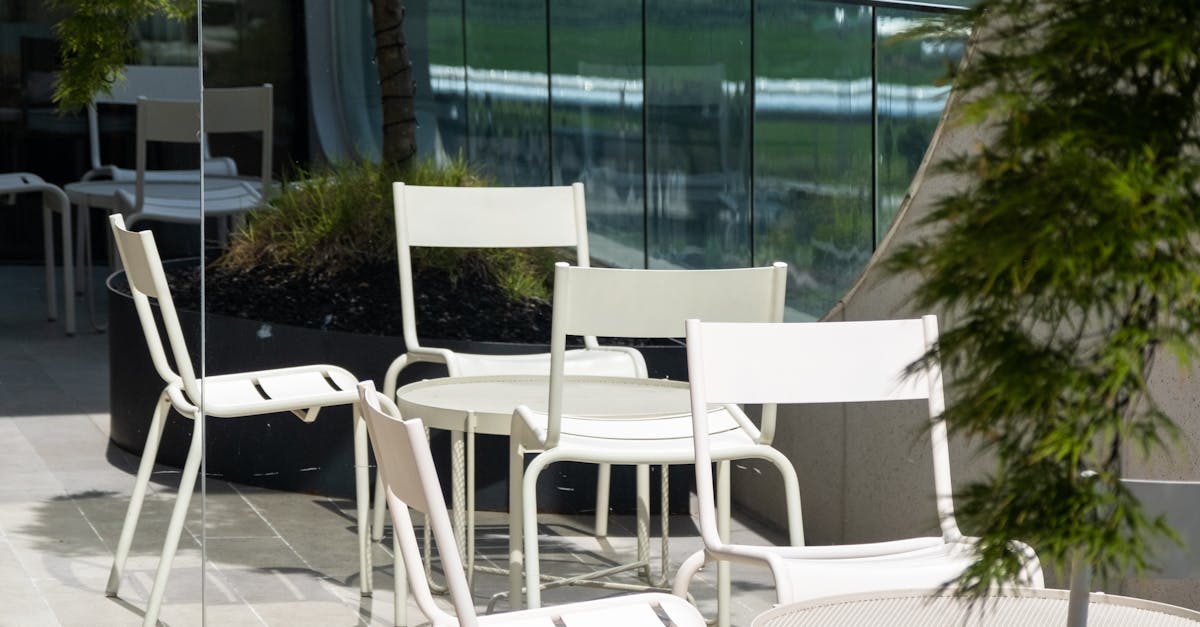
Practical Considerations for Home Decor: Providing practical tips and considerations for incorporating bonsai placement into home decor, ensuring harmony, balance, and aesthetic appeal.
Bonsai trees can be a beautiful and elegant addition to any home, but it is important to consider a few practical factors when placing them. The following tips will help you to ensure that your bonsai trees are placed in a way that is both harmonious and visually appealing:
-
Choose the right location: When choosing a location for your bonsai tree, it is important to consider the amount of light, temperature, and humidity that the tree will receive. Bonsai trees generally prefer bright, indirect light, and they should be placed in a location that is not too hot or cold. It is also important to avoid placing bonsai trees in areas that are prone to drafts.
-
Consider the scale and proportion of the tree: When placing a bonsai tree in your home, it is important to consider the scale and proportion of the tree in relation to the space. A small bonsai tree can be placed on a table or shelf, while a larger bonsai tree may need to be placed on the floor. It is also important to consider the height of the tree in relation to the height of the ceiling.
Choosing the Right Location
Choosing the Right Location: Guiding readers on selecting suitable locations for bonsai placement based on factors such as light, temperature, and humidity.
When choosing a location for your bonsai tree, it is important to consider the specific needs of the tree. Different species of bonsai trees have different requirements for light, temperature, and humidity. It is important to research the specific needs of your tree before choosing a location.
In general, most bonsai trees prefer bright, indirect light. Avoid placing your bonsai tree in direct sunlight, as this can scorch the leaves. If you are placing your bonsai tree indoors, choose a location near a window that receives plenty of indirect light.
Bonsai trees also prefer moderate temperatures. Avoid placing your bonsai tree in a location that is too hot or too cold. The ideal temperature range for most bonsai trees is between 65 and 75 degrees Fahrenheit.
Finally, bonsai trees prefer moderate humidity. Avoid placing your bonsai tree in a location that is too dry or too humid. The ideal humidity range for most bonsai trees is between 40 and 60 percent.
Scale and Proportion
Scale and Proportion: Emphasizing the importance of considering the scale and proportion of bonsai in relation to the surrounding space, avoiding overcrowding or overpowering the environment.
When placing a bonsai tree in your home, it is important to consider the scale and proportion of the tree in relation to the space. A small bonsai tree can be placed on a table or shelf, while a larger bonsai tree may need to be placed on the floor. It is also important to consider the height of the tree in relation to the height of the ceiling.
A bonsai tree that is too large for the space will look out of place and cluttered. Conversely, a bonsai tree that is too small for the space will look insignificant and lost. When in doubt, it is better to err on the side of caution and choose a smaller bonsai tree.
In addition to the size of the tree, it is also important to consider the shape and form of the tree in relation to the space. A tall, narrow tree will look different in a space than a short, wide tree. It is important to choose a tree that has a shape and form that complements the space.
Creating a Focal Point
Creating a Focal Point: Providing tips on using bonsai as a focal point in a room, utilizing elements such as lighting, accessories, and negative space to draw attention.
A bonsai tree can be a beautiful and elegant focal point in any room. By using lighting, accessories, and negative space, you can draw attention to your bonsai tree and create a stunning visual display.
One way to create a focal point is to use lighting. Place a spotlight on your bonsai tree to highlight its shape and form. You can also use natural light to create a dramatic effect. Place your bonsai tree in a window where it will receive plenty of indirect sunlight.
Another way to create a focal point is to use accessories. A simple vase or scroll can help to draw attention to your bonsai tree. You can also use rocks or other natural elements to create a miniature landscape around your tree.
Finally, you can use negative space to create a focal point. Negative space is the empty space around an object. By leaving some empty space around your bonsai tree, you can create a sense of balance and harmony.
Here are some additional tips for creating a focal point with your bonsai tree:
- Place your bonsai tree in a prominent location in the room.
- Use a stand or pedestal to elevate your bonsai tree and make it more visible.
- Surround your bonsai tree with other objects that complement it, such as a vase or scroll.
- Use lighting to highlight your bonsai tree and create a dramatic effect.
5. Conclusion: Cultural Legacy and Artistic Expression
Conclusion: Cultural Legacy and Artistic Expression: Summarizing the key points discussed throughout the article, emphasizing the enduring legacy of cultural traditions in shaping bonsai placement while acknowledging the evolution and contemporary interpretations of this practice.
Bonsai placement is a complex and fascinating subject that has been shaped by centuries of cultural tradition and artistic expression. From its origins in ancient China and Japan to its contemporary interpretations, bonsai placement has evolved to reflect the changing tastes and values of each era.
Throughout this article, we have explored the historical, cultural, and practical aspects of bonsai placement. We have seen how bonsai placement has been influenced by Zen Buddhism, Chinese symbolism, and Japanese aesthetics. We have also discussed the practical considerations that must be taken into account when placing a bonsai tree in a home or garden.
As we have seen, bonsai placement is an art form that is constantly evolving. Contemporary bonsai artists are pushing the boundaries of traditional guidelines, and they are creating new and innovative ways to display bonsai trees. However, despite these changes, the enduring legacy of cultural traditions can still be seen in the way that bonsai trees are placed.
Whether you are a beginner or an experienced bonsai enthusiast, I encourage you to experiment with different placement techniques. By understanding the principles of bonsai placement, you can create beautiful and harmonious displays that will bring you years of enjoyment.
Preserving Cultural Heritage
Preserving Cultural Heritage: Highlighting the importance of preserving traditional placement practices as a way of honoring cultural heritage and maintaining the integrity of bonsai as an art form.
Bonsai is a living art form that has been passed down from generation to generation. As such, it is important to preserve traditional placement practices as a way of honoring cultural heritage and maintaining the integrity of bonsai.
Traditional placement practices are based on centuries of experience and knowledge. They have been developed to create harmonious and visually appealing displays that showcase the beauty of bonsai trees. By preserving these practices, we can ensure that the art of bonsai continues to be passed down to future generations.
In addition to preserving cultural heritage, traditional placement practices also help to maintain the integrity of bonsai as an art form. Bonsai trees are not simply decorative objects; they are living works of art that require careful care and attention. By following traditional placement practices, we can ensure that bonsai trees are displayed in a way that respects their unique beauty and fragility.
Embracing Contemporary Interpretations
Embracing Contemporary Interpretations: Encouraging readers to embrace contemporary interpretations of bonsai placement, recognizing the value of artistic expression and innovation while respecting traditional roots.
While it is important to preserve traditional placement practices, it is also important to embrace contemporary interpretations of bonsai placement. Contemporary bonsai artists are pushing the boundaries of traditional guidelines, and they are creating new and innovative ways to display bonsai trees.
Contemporary interpretations of bonsai placement can be seen in a variety of settings, from art galleries to private homes. Some contemporary bonsai artists are using non-traditional materials, such as metal and glass, to create unique and visually striking displays. Others are experimenting with new placement techniques, such as placing bonsai trees on walls or in water.
While contemporary interpretations of bonsai placement may not be to everyone’s taste, they are a valuable part of the bonsai tradition. They represent the creativity and innovation of contemporary bonsai artists, and they help to keep the art form alive and relevant.
What are some of the most common mistakes people make when placing bonsai trees?
Some of the most common mistakes people make when placing bonsai trees include: placing the tree in the center of the pot, using a pot that is too large or too small, placing the tree too close to other objects, and not considering the lighting conditions.
How can I choose the right location for my bonsai tree?
When choosing a location for your bonsai tree, it is important to consider the amount of light, temperature, and humidity that the tree will receive. Bonsai trees generally prefer bright, indirect light, and they should be placed in a location that is not too hot or cold. It is also important to avoid placing bonsai trees in areas that are prone to drafts.
How often should I repot my bonsai tree?
The frequency with which you need to repot your bonsai tree will depend on the species of tree and the size of the pot. Generally speaking, bonsai trees should be repotted every 2-3 years. However, if your tree is growing quickly, you may need to repot it more often.

